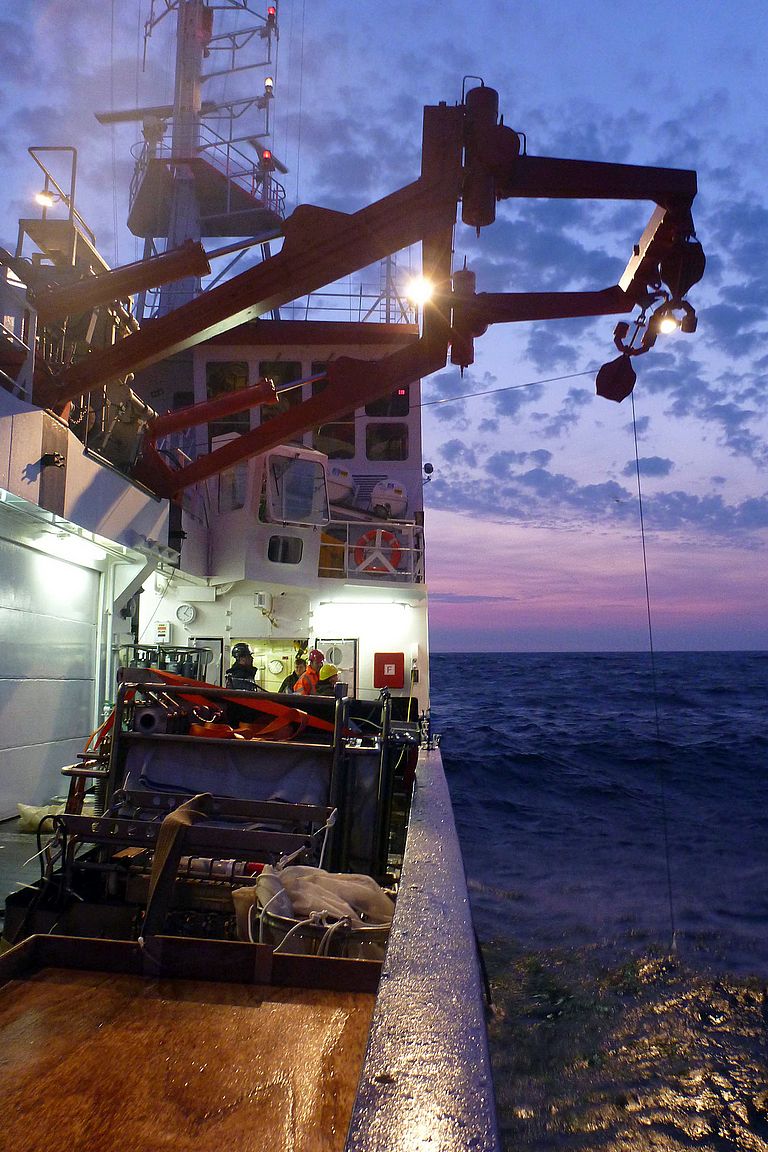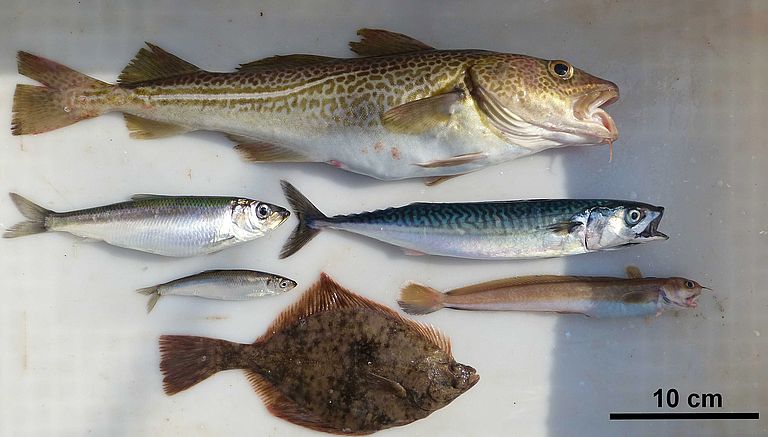How important is Biodiversity?
GEOMAR coordinates large scale EU project on biodiversity research in the Baltic
There is no exact data; however estimations assume that up to 130 animal and plant species die out daily. In 1992 the United Nations tried countering this process with the “Biodiversity Convention”. It labeled biodiversity as worthy of preservation – at land as well as at sea. Biological variety should not only be preserved for ethical reasons: It also fulfils a key function in the ecosystem. At sea this means healthy and fertile fish stocks, clear water without algal bloom but also the absorption of nutrients from agriculture. The interactions on land have been much more researched. How important is biodiversity for the functioning of the ocean exactly?
Answering this question is the aim of BIO-C3, a new research project, financed by the EU. It includes a consortium of marine researchers from eight Baltic countries and a total of 13 participating institutes and universities. The scientists receive 4 million Euros as part of the EU BONUS program (Science for a better future of the Baltic Seas region). The project is coordinated by Professor Thorsten Reusch from GEOMAR Helmholtz Centre for Ocean Research Kiel in close cooperation with Professor Fritz Köster from the Danish Technical University (DTU Aqua) in Copenhagen.
BIO-3C stands for “Biodiversity changes – causes, consequences and management implications”. To discover how crucial biodiversity is for marine ecosystems, the scientists are using a natural laboratory: the Baltic. “It is the perfect test object. The species composition is very young, as the Baltic has had its current salt level for only a few thousand years. Simultaneously it has relatively few species which means that a loss in species or an invasion of new residents has a much clearer effect,” explains project coordinator Professor Reusch. Thus such changes can be examined more easily than in waters with many species.
A further advantage of the Baltic: The participating scientists can use numerous preliminary and long term studies of the participating institutes and universities such as studies on fish stock, plankton organisms and environmental conditions that are conducted several times a year with the help of Kiel’s research vessel ALKOR or studies on the North American comb jellyfish (Mnemiosis leidyi) that has entered the Baltic, for example.
Moreover human influence on the Baltic ecosystem is larger than in most other sea regions as this marginal sea is surrounded by densely populated areas, especially in the south and east. “A further BIO-C3 focus will hence be to weight and predict human interference such as fishing, over fertilization but also climate change using appropriate models,” says Professor Reusch.
The biological variety which will be examined also includes genetic diversity. This could become important when the Baltic continues to sweeten, become warmer and suffer decreasing oxygen levels as predicted. “A central question is whether important organisms such as zooplankton and fish can adapt to the different environmental conditions,” continues the Kiel ecologist. Using the increased understanding of the processes gained during the course of the project, the scientists will formulate recommendations on improving the management of Baltic biodiversity in a synthetic subproject.
Concerning adaptation to the expected climate change, the BIO-C3 researchers will cooperate closely with the BONUS project BAMBI (Baltic Sea marine biodiversity – addressing the potential of adaptation to climate change) at Gothenburg University. Within this framework GEOMAR marine ecologists were also able to initiate another subproject. “We are particularly pleased with this double success as only approximately ten percent of the submitted projects to the BONUS program obtained a funding recommendation,” emphasizes Professor Reusch, head of the GEOMAR research field Marine Ecology.
Images in higher resolution:
Cod larvae from the Baltic Sea. The Atlantic Cod is a keystone species for the food web and for fisheries in the Baltic Sea. Photo: C. Clemmesen, GEOMAR
Studies on fish stock, plankton organisms and environmental conditions are conducted several times a year with the help of Kiel’s research vessel ALKOR. Foto: J. Dierking, GEOMAR
Cod (top), Herring (left), European Sprat (below the herring), Mackerel (right), Fourbeard Rockling (below the Mackerel) and European Flounder (bottom) are some of the key species of the Baltic Sea. It has relatively few species which means that a loss in species or an invasion of new residents has a much clearer effect. Foto: S. Nickel, GEOMAR
Contact:
Jan Steffen (GEOMAR, Communication & Media), Tel.: (+49) 0431 / 600-2811, jsteffen(at)geomar.de




